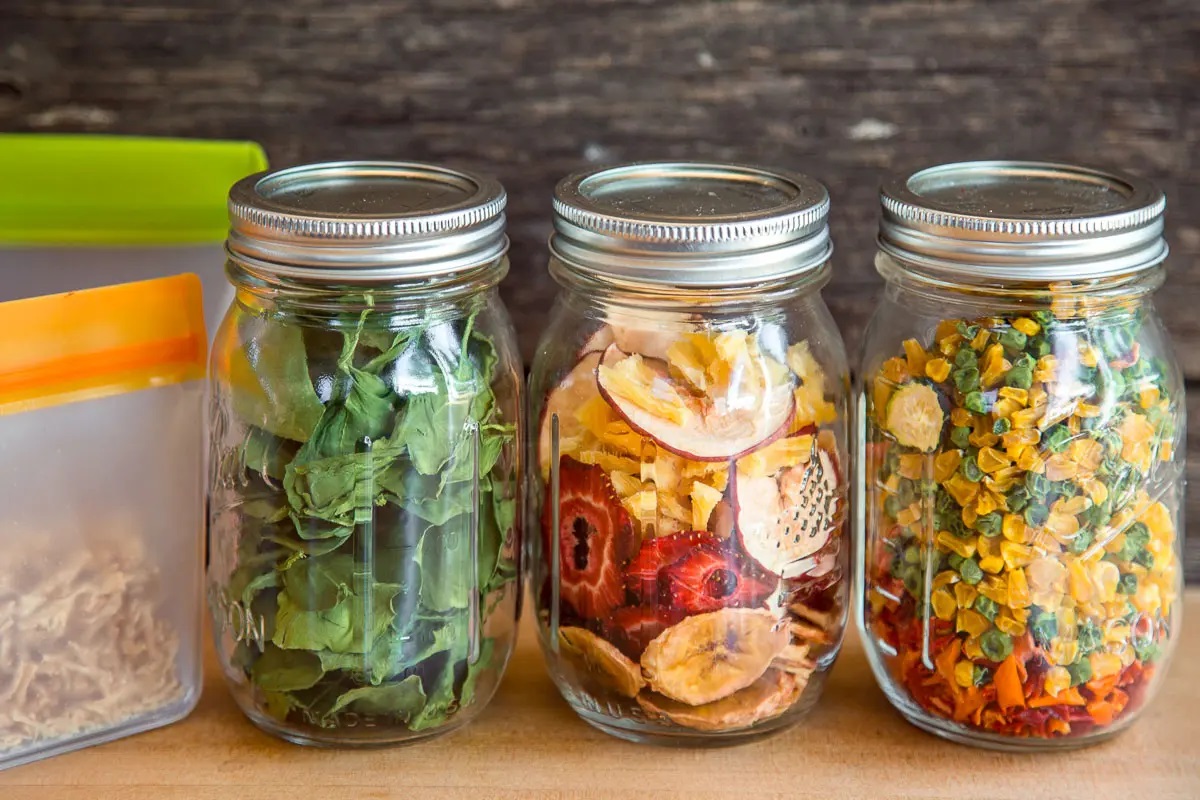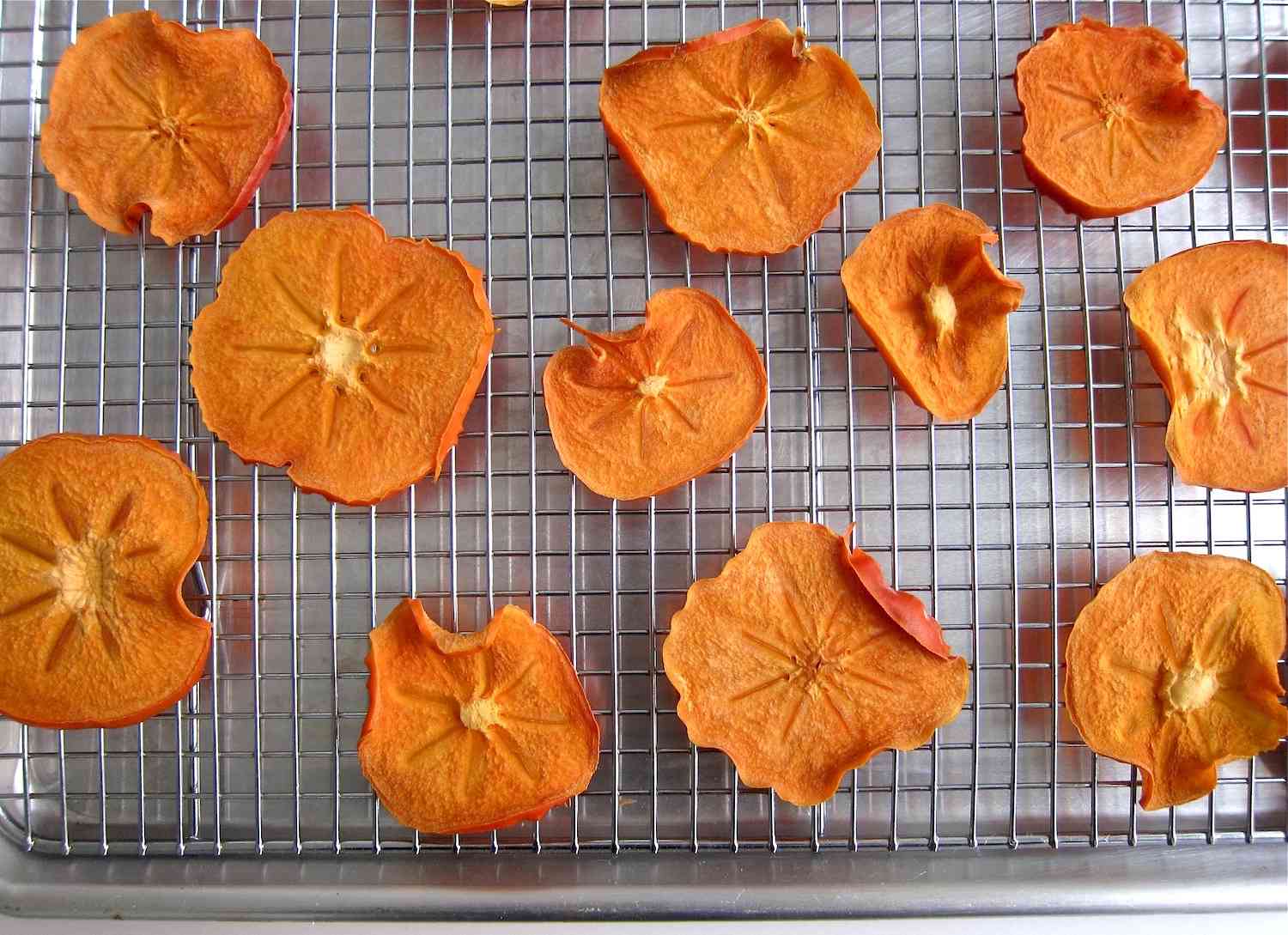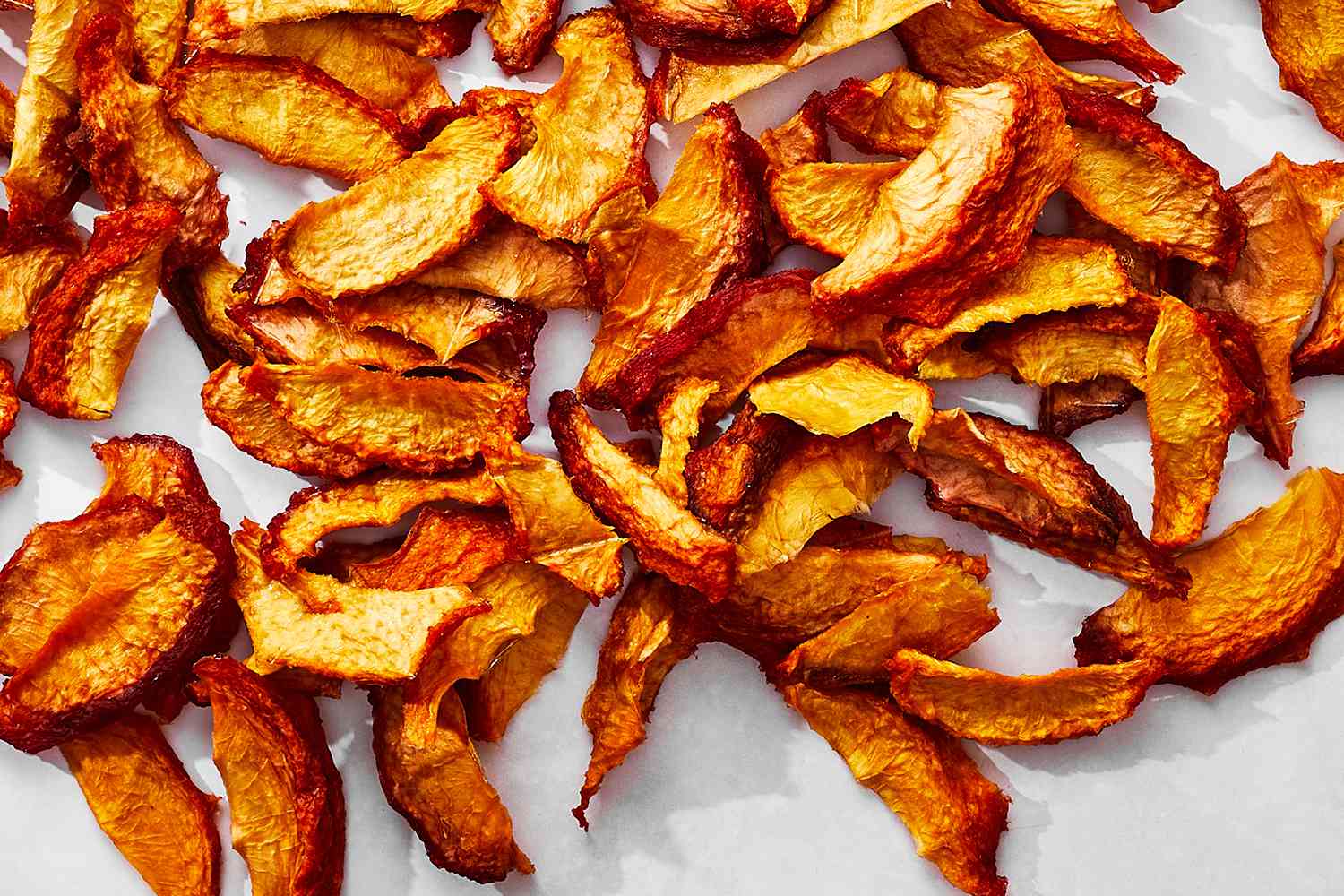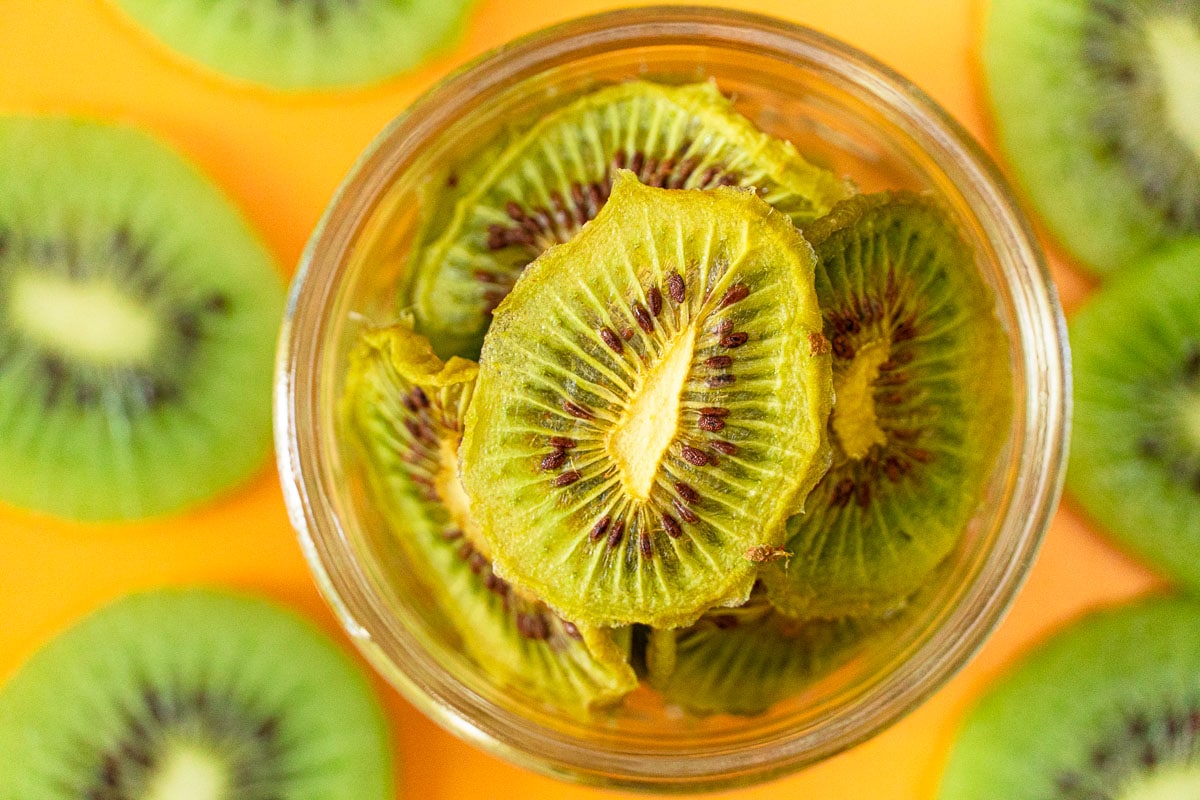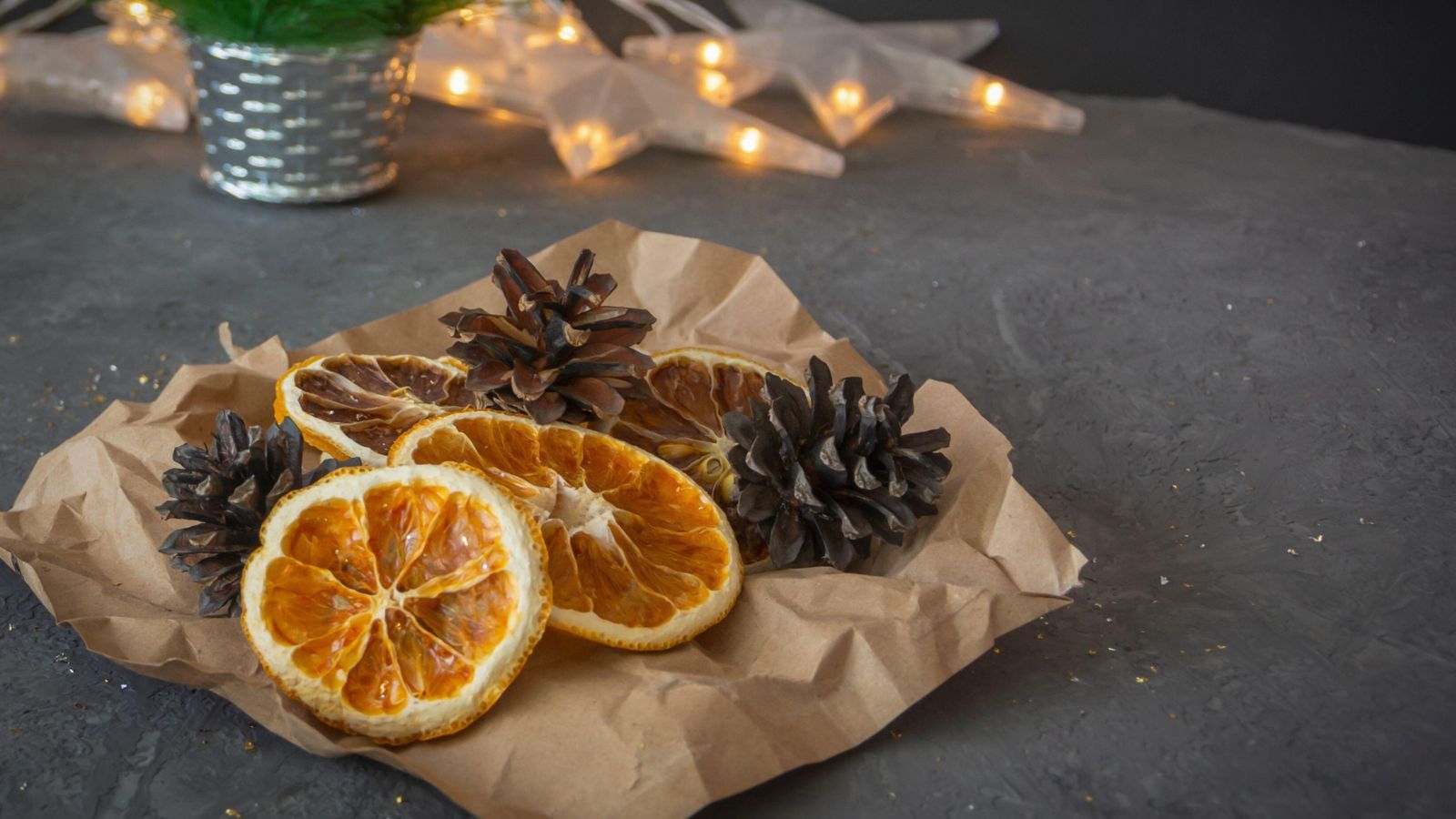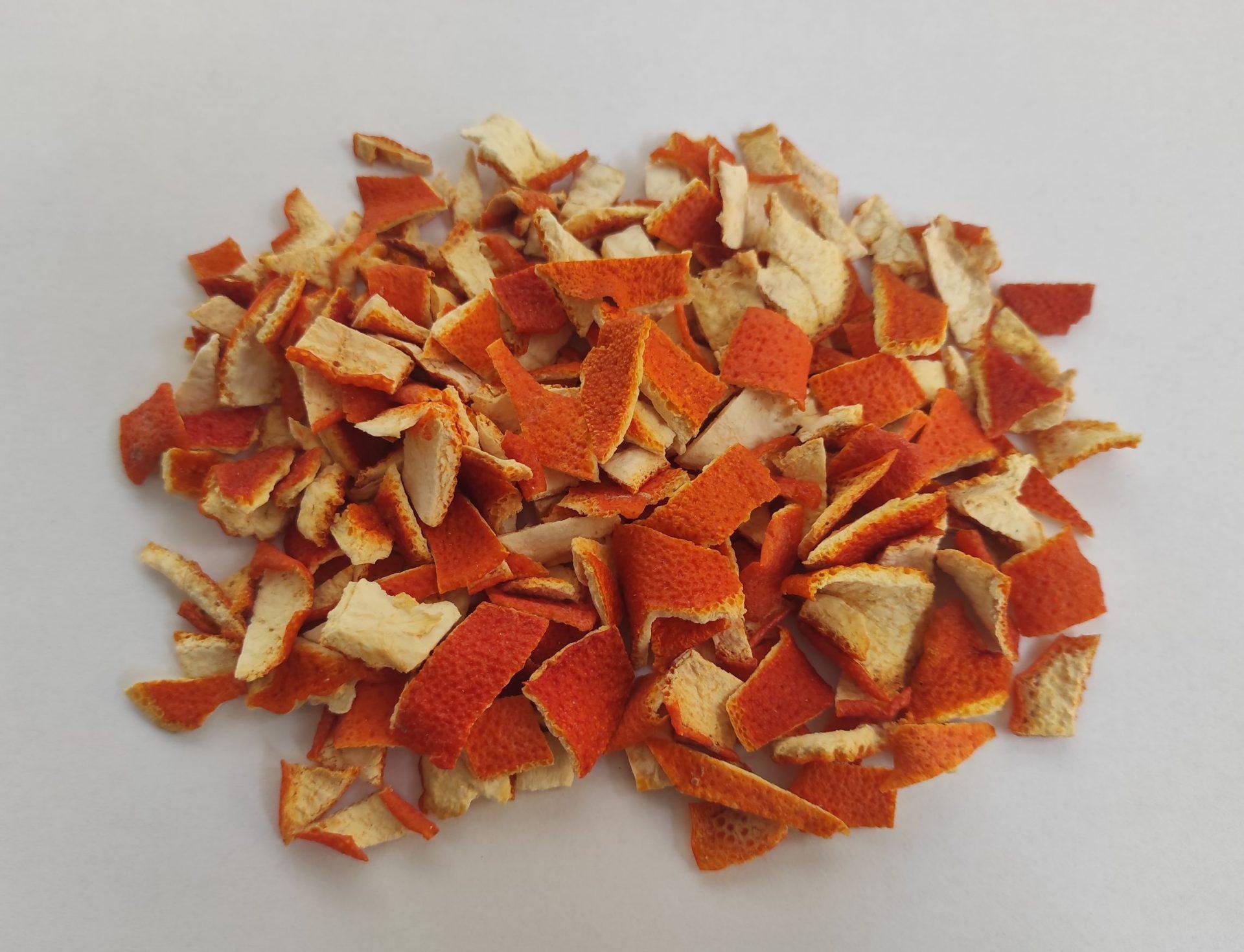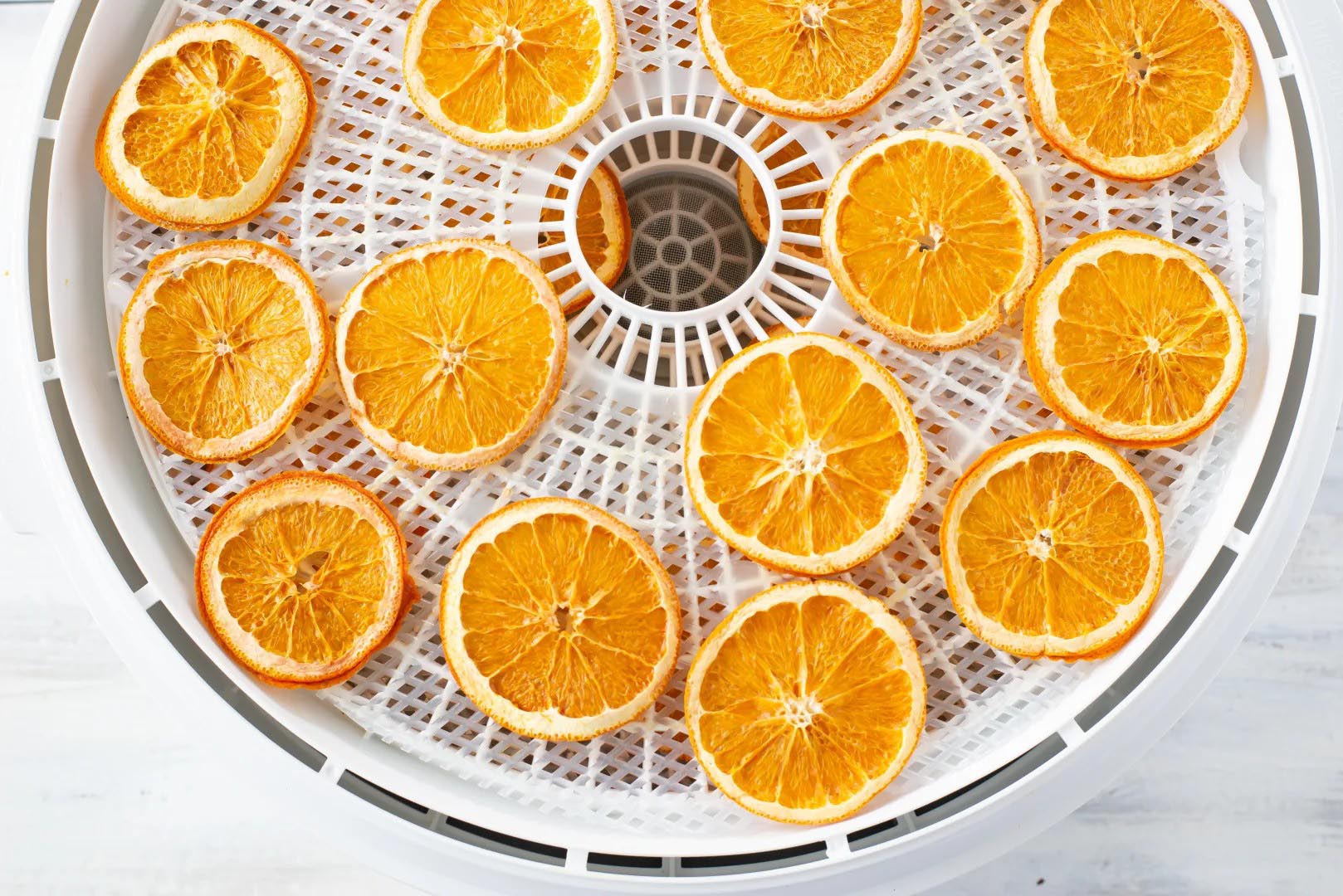Dehydrating Rhubarb: A Delicious Way to Preserve This Seasonal Treat
As the rhubarb season hits its peak, you may find yourself with an abundance of this tart and tangy vegetable. While rhubarb is commonly used in pies, jams, and sauces, dehydrating it is a fantastic way to preserve its flavor and extend its shelf life. In this guide, we’ll walk you through the simple process of dehydrating rhubarb so you can enjoy its unique taste all year round.
Why Dehydrate Rhubarb?
Dehydrating rhubarb offers several benefits, making it a popular preservation method among home cooks and food enthusiasts. Here are a few reasons to consider dehydrating rhubarb:
- Preservation: Dehydrating rhubarb allows you to preserve its flavor and nutrients for an extended period.
- Convenience: Once dehydrated, rhubarb becomes lightweight and easy to store, making it a convenient ingredient for various recipes.
- Flavorful Snack: Dehydrated rhubarb makes for a delicious and tangy snack that can be enjoyed on its own or added to trail mixes and granola.
How to Dehydrate Rhubarb
Dehydrating rhubarb is a straightforward process that can be accomplished using a food dehydrator or an oven. Follow these simple steps to dehydrate rhubarb at home:
- Prepare the Rhubarb: Start by washing the rhubarb stalks thoroughly and removing any leaves. Trim off the ends and cut the stalks into uniform pieces, approximately 1/2 inch in width.
- Blanch the Rhubarb: To help preserve the color and flavor of the rhubarb, blanch the pieces in boiling water for 1-2 minutes, then immediately transfer them to an ice water bath to stop the cooking process.
- Arrange on Dehydrator Trays: Place the blanched rhubarb pieces in a single layer on the dehydrator trays, ensuring that there is space between each piece for proper air circulation.
- Dehydrate: Set the dehydrator to a temperature of 125°F (52°C) and allow the rhubarb to dehydrate for 8-12 hours, or until it is dry and leathery to the touch.
- Check for Dryness: Throughout the dehydration process, check the rhubarb pieces for dryness. They should be pliable and free of moisture, indicating that they are fully dehydrated.
- Store the Dehydrated Rhubarb: Once the rhubarb is fully dehydrated, allow it to cool to room temperature before transferring it to airtight containers or resealable bags for storage. Store the dehydrated rhubarb in a cool, dark place to maintain its quality.
Ways to Use Dehydrated Rhubarb
Now that you have a batch of dehydrated rhubarb at your disposal, here are some creative ways to incorporate it into your culinary endeavors:
- Rhubarb Chips: Enjoy dehydrated rhubarb as a standalone snack, similar to fruit chips.
- Baking: Add dehydrated rhubarb to muffins, scones, and bread for a burst of tangy flavor.
- Cereal and Oatmeal: Sprinkle dehydrated rhubarb on top of your morning cereal or oatmeal for a delightful twist.
- Trail Mix: Create a homemade trail mix by combining dehydrated rhubarb with nuts, seeds, and other dried fruits.
- Infusions: Use dehydrated rhubarb to infuse flavor into teas, cocktails, or even vinegar for dressings and marinades.
Enjoy Your Dehydrated Rhubarb
Dehydrating rhubarb is a simple and rewarding way to make the most of this seasonal ingredient. Whether you’re looking to stock up on preserved rhubarb for future use or explore new culinary possibilities, dehydrating rhubarb opens up a world of flavorful opportunities. So, roll up your sleeves, dehydrate some rhubarb, and let your creativity take the lead!
More Delicious Rhubarb Recipes to Try
Now that you've mastered the art of dehydrating rhubarb, you're ready to explore a variety of delightful recipes that utilize this versatile ingredient. From sweet to savory, dehydrated rhubarb adds a unique twist to many dishes. A highly recommended recipe to start with is the Delicious Rhubarb Strawberry Crumble which perfectly balances tart and sweet flavors. For breakfast enthusiasts, the Tasty Dehydrated Rhubarb Pancakes offers a delightful morning treat. Don't overlook the savory Exquisite Savory Rhubarb Cheese Tart, which showcases rhubarb in an unexpectedly delicious way. These recipes not only enhance your culinary repertoire but also make practical use of your newly acquired dehydrating skills.
Was this page helpful?
Read Next: How To Dehydrate Cucumbers In The Oven

